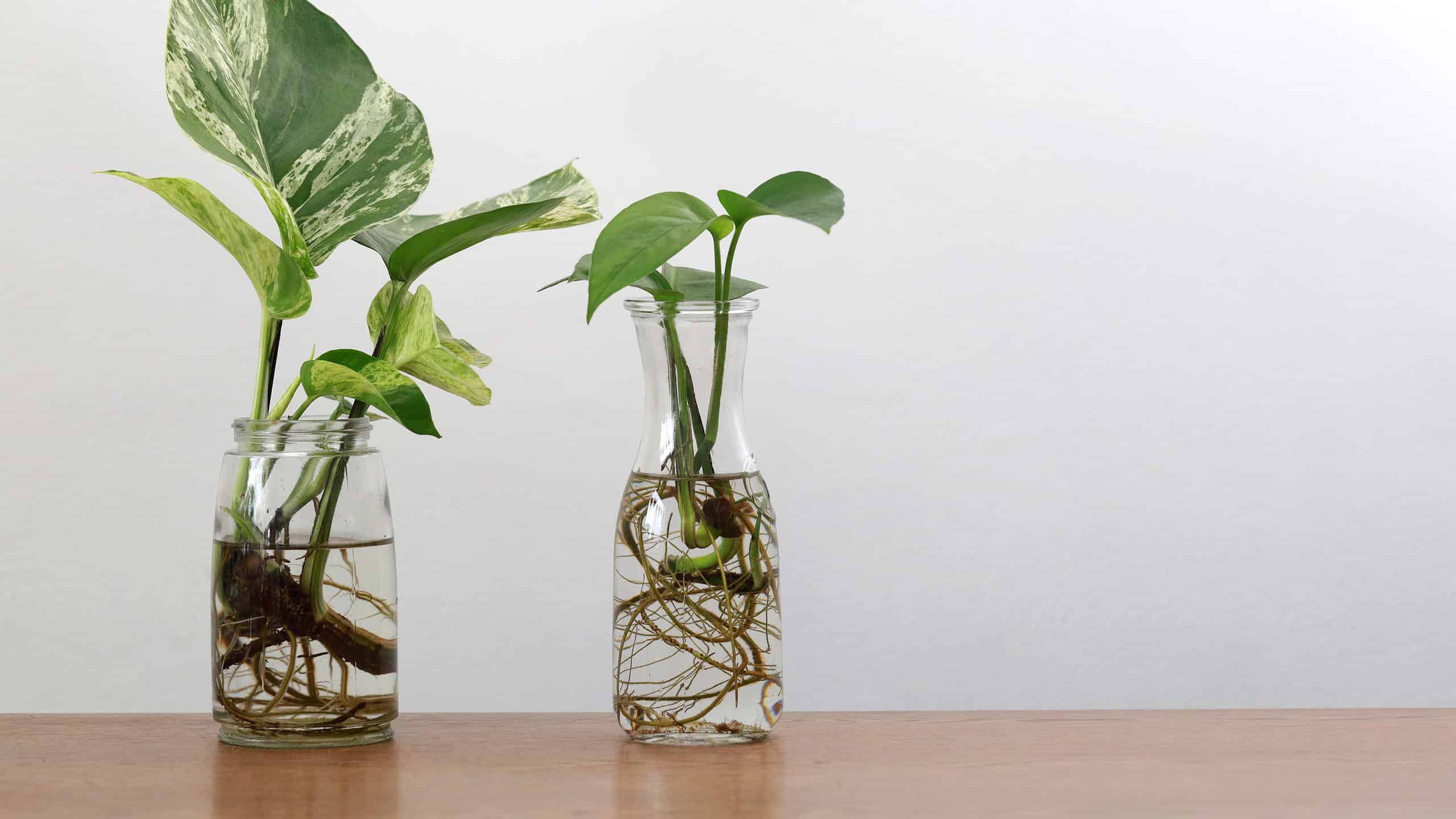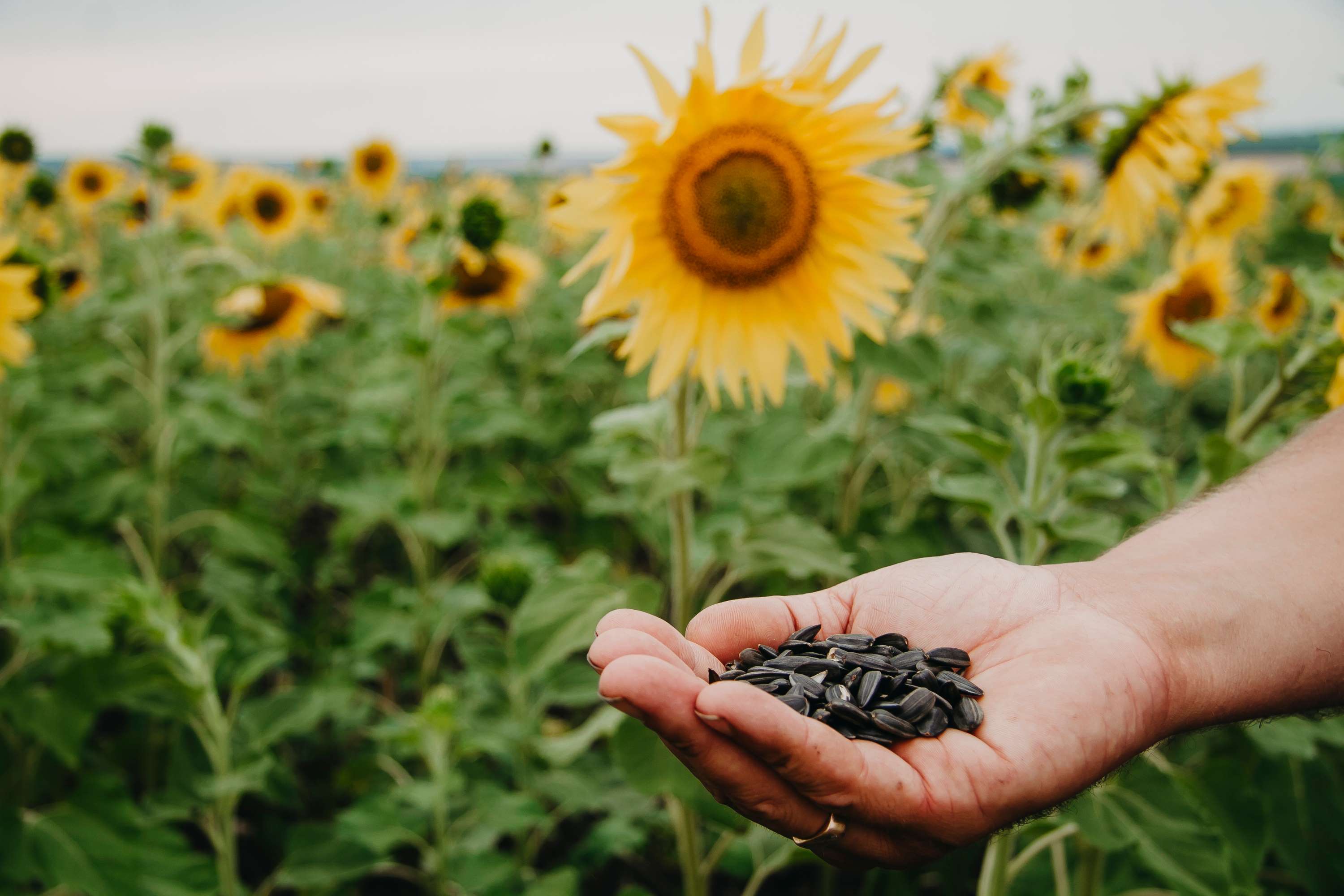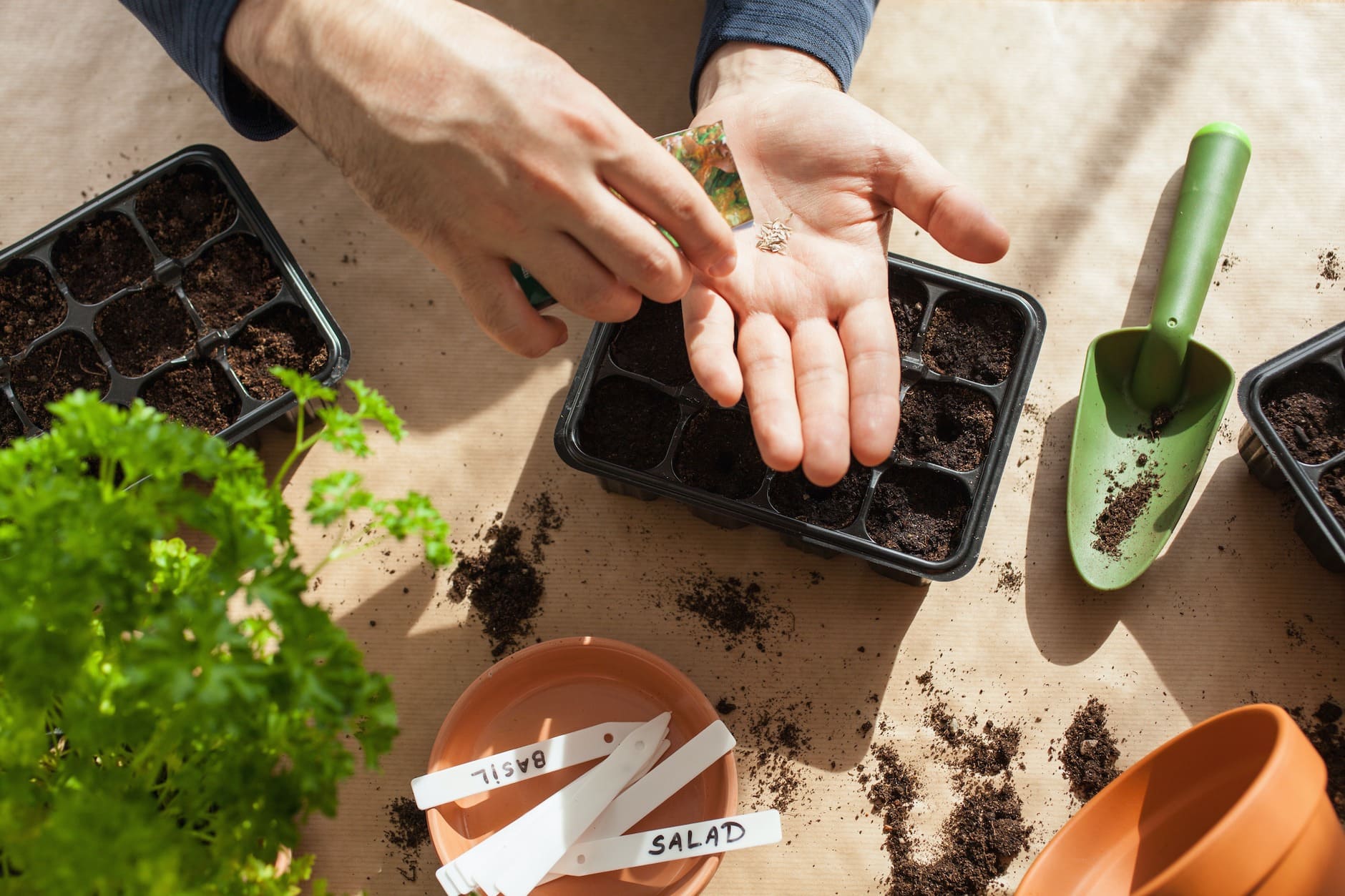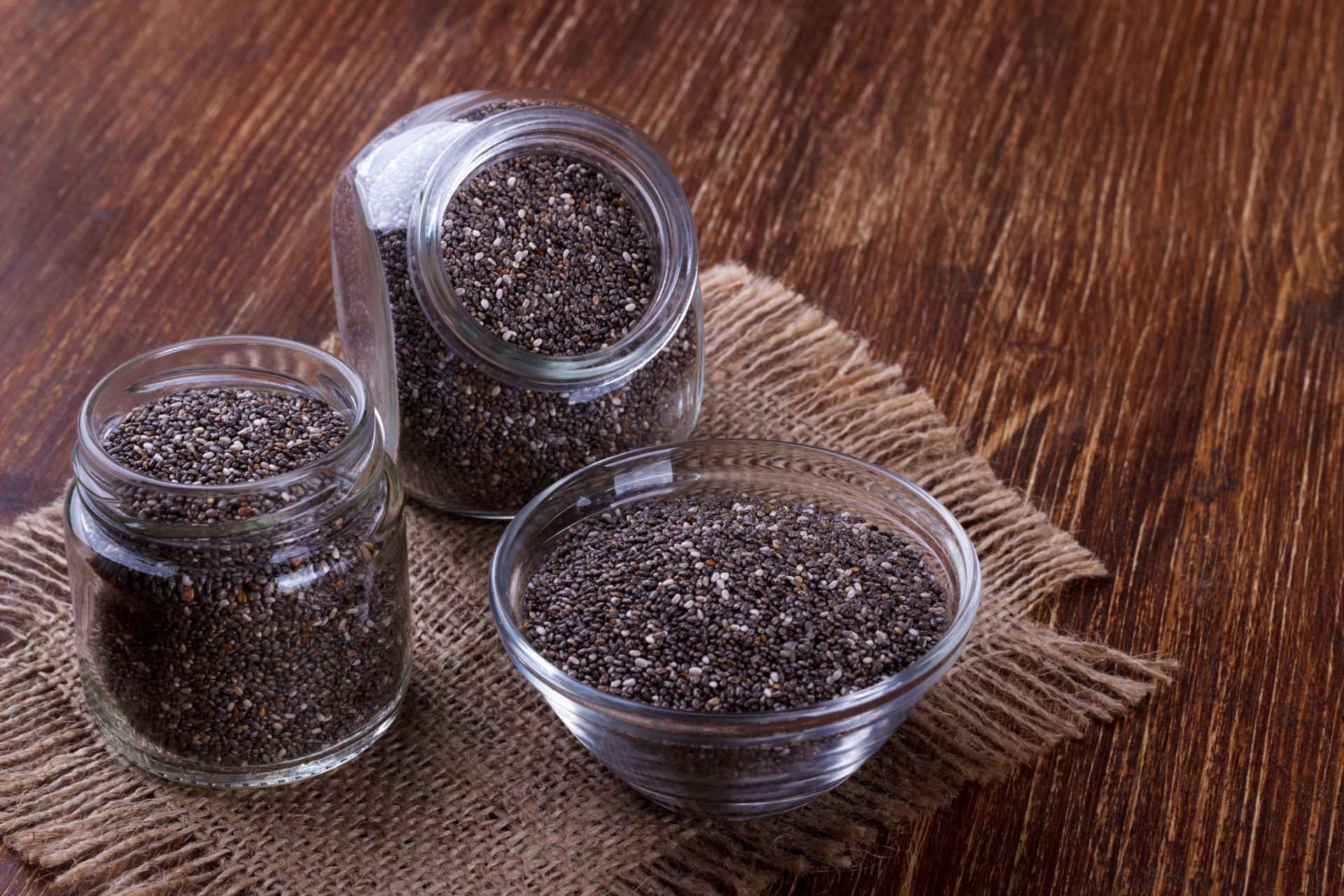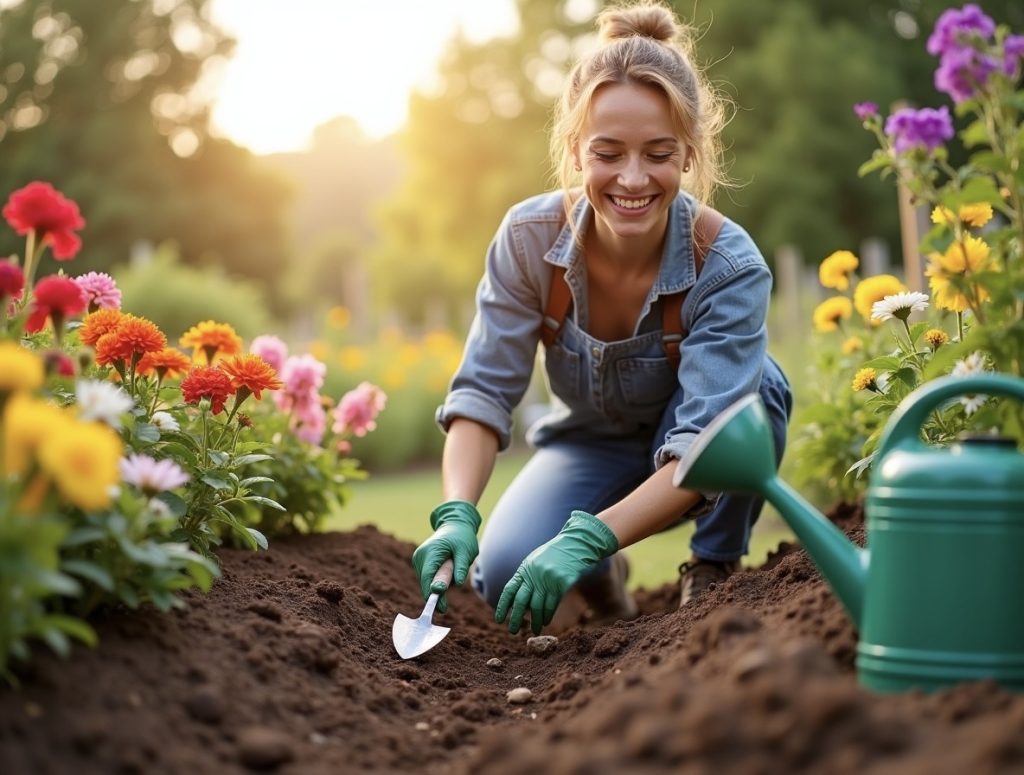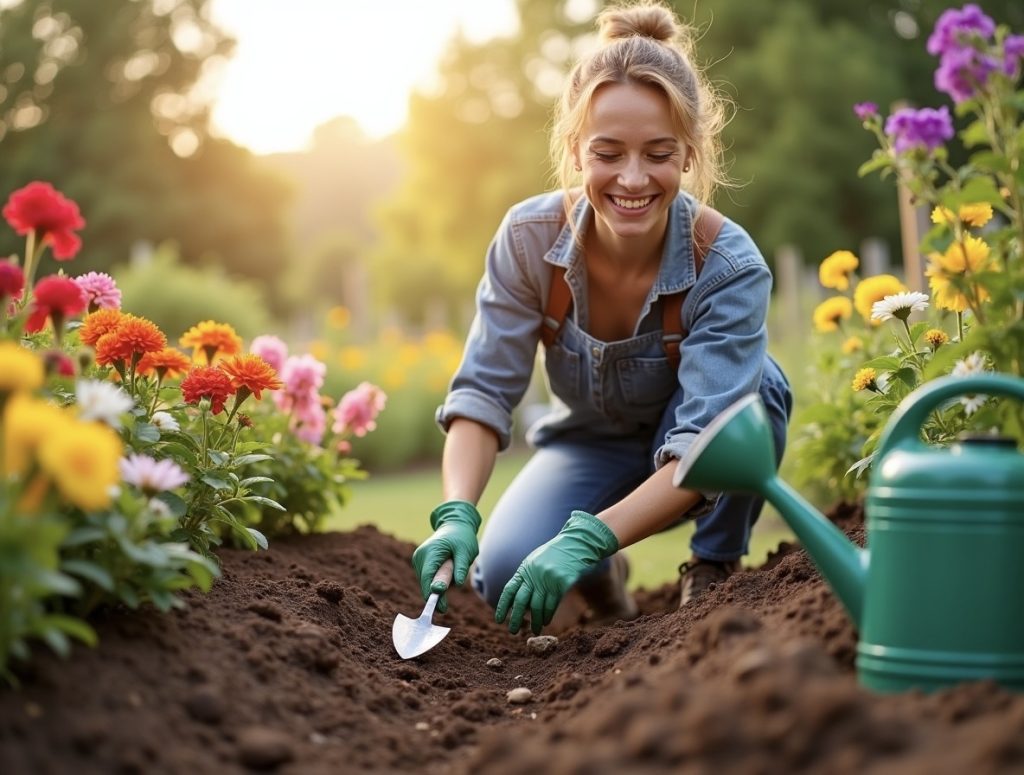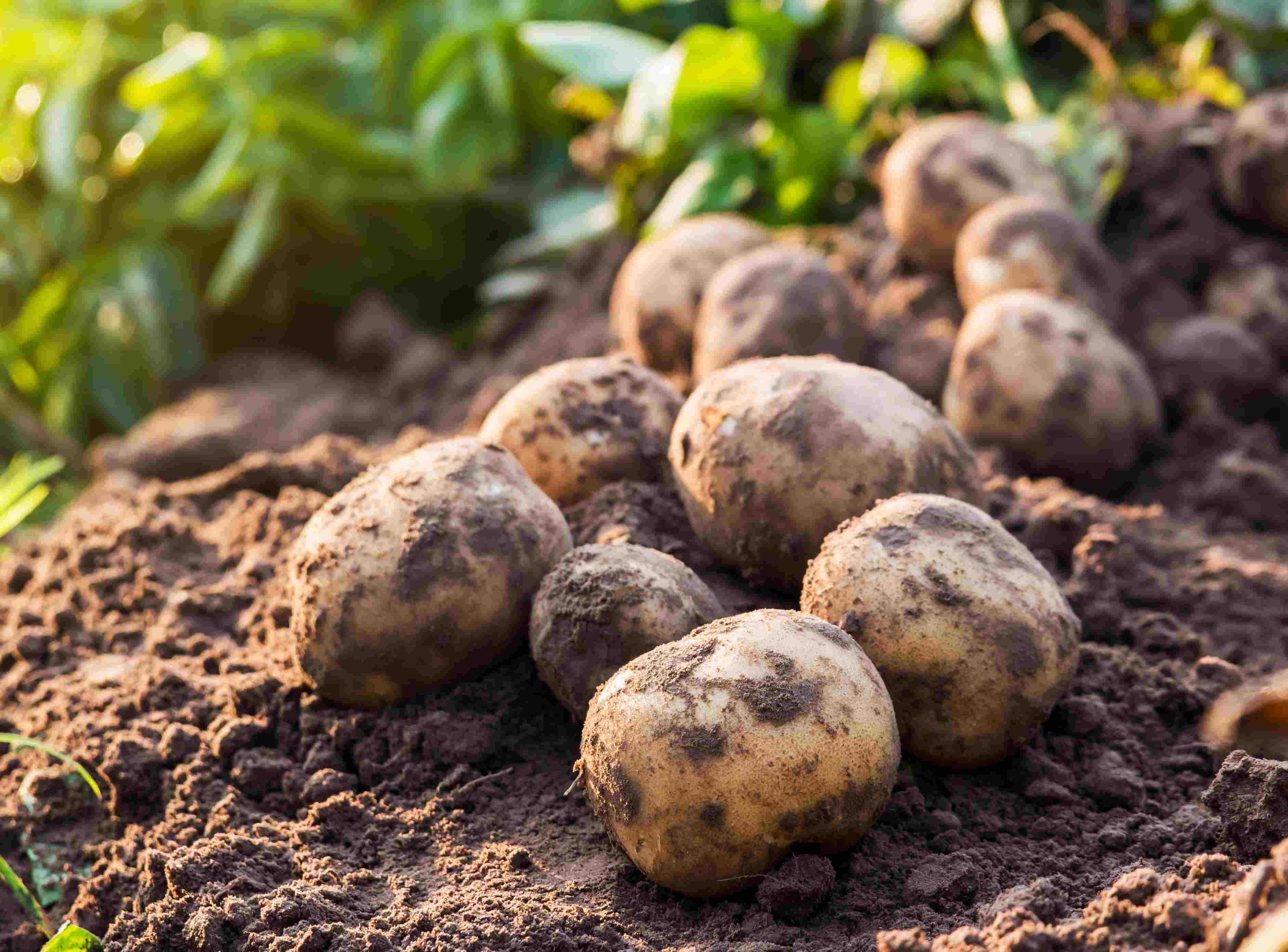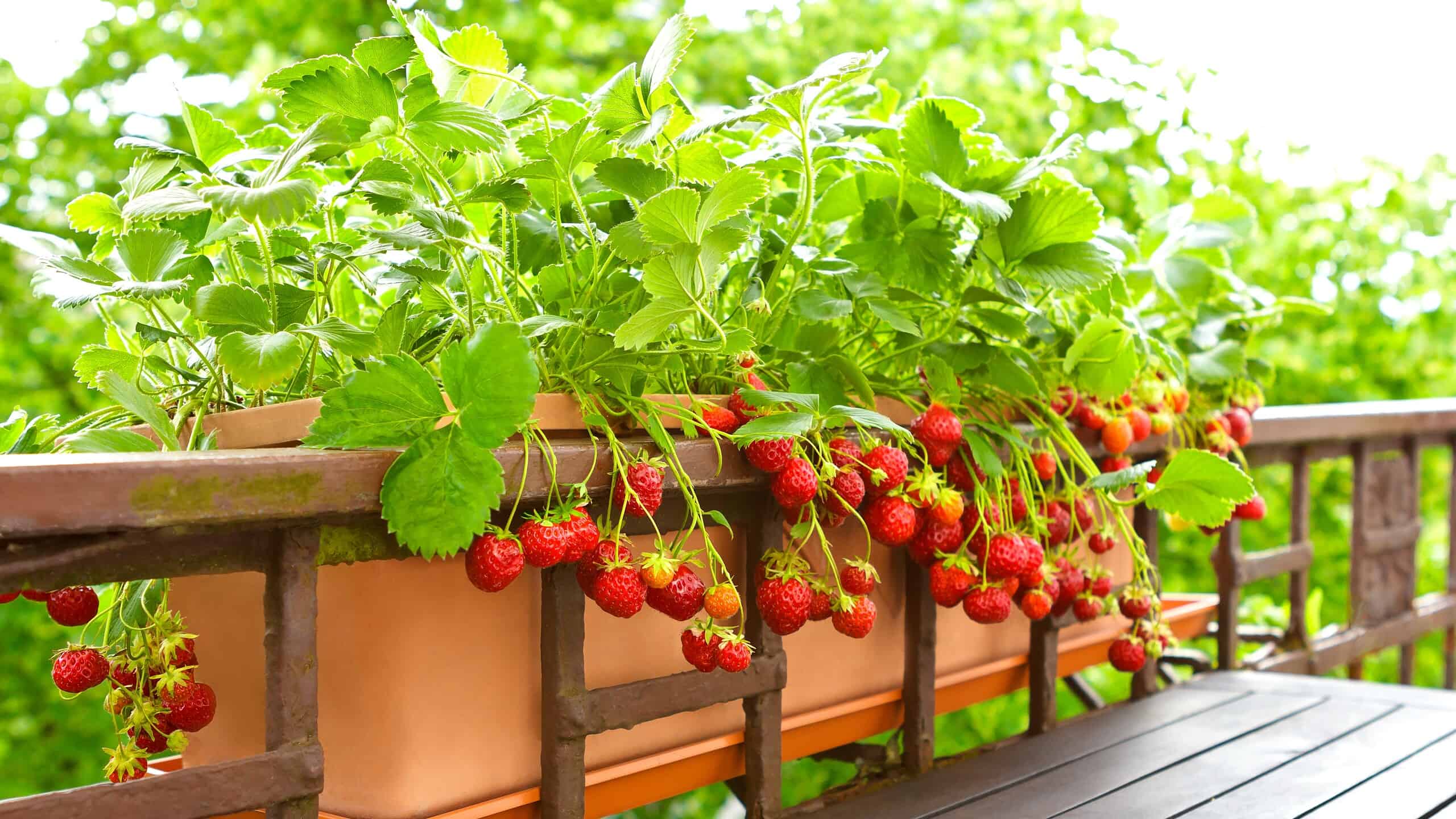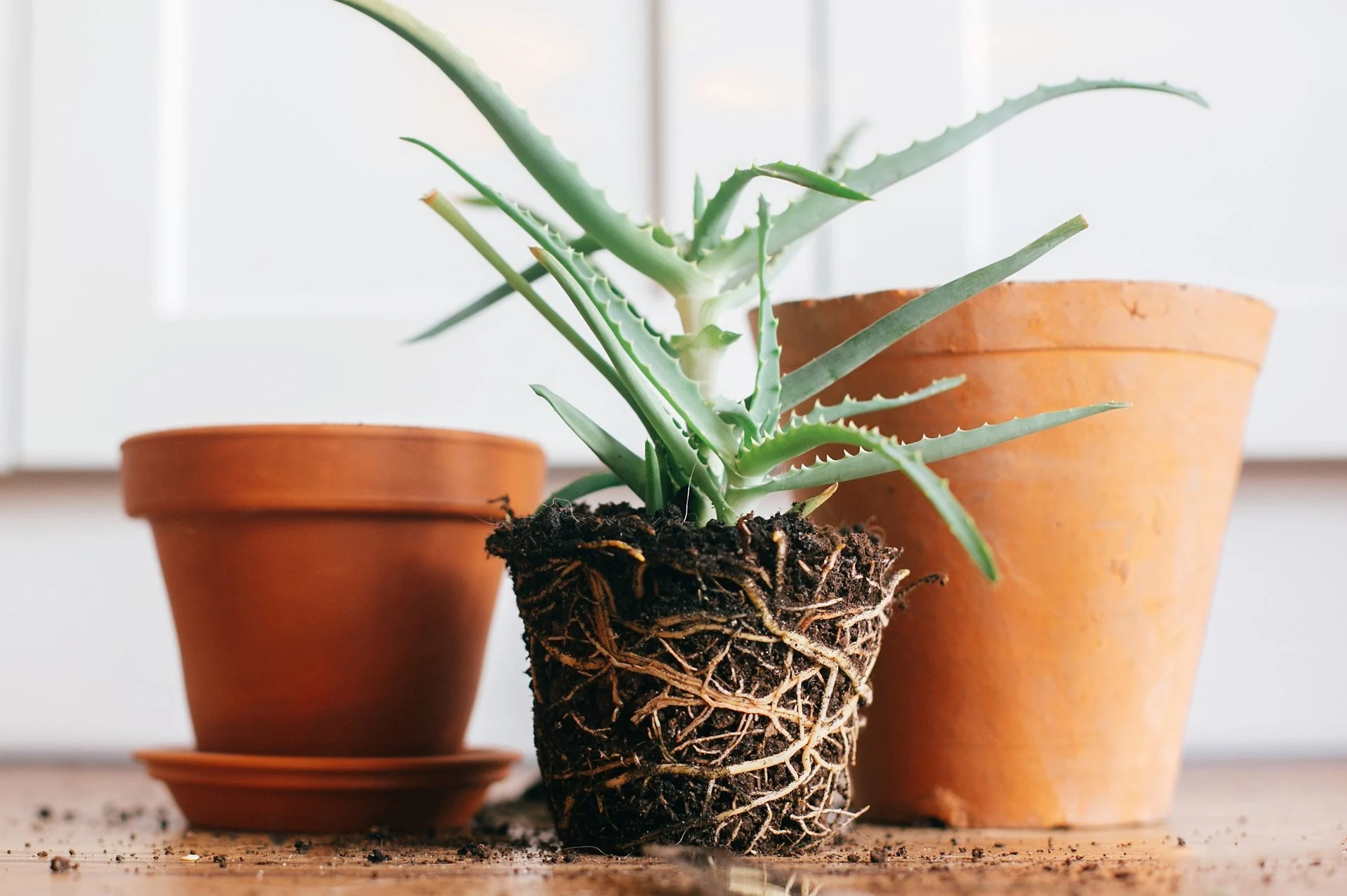Home>Types of Gardening>Edible Gardening>How Long Should You Soak Peas Before Planting


Edible Gardening
How Long Should You Soak Peas Before Planting
Modified: January 22, 2024
Discover the ideal soaking time for peas before planting in your edible gardening journey. Follow these expert tips for successful pea germination and growth.
(Many of the links in this article redirect to a specific reviewed product. Your purchase of these products through affiliate links helps to generate commission for Chicagolandgardening.com, at no extra cost. Learn more)
Table of Contents
Introduction
Gardening enthusiasts and those with green thumbs know the joy and satisfaction of growing their own food. Edible gardening allows us to reconnect with nature, nurture plants, and enjoy the fruits of our labor. If you’re thinking of starting an edible garden, peas are a great choice. These versatile legumes are easy to grow and offer a bountiful harvest.
When it comes to planting peas, many gardeners wonder if they should soak the seeds before planting. Soaking peas before planting is a common practice that can offer numerous benefits. It involves immersing the seeds in water for a certain period. This process helps speed up germination, softens the seed coat, and can lead to stronger and healthier plants.
However, it’s important to note that not all seeds require soaking before planting. Some seeds, like beans and squash, have a hard seed coat that benefits from soaking, while others, like lettuce and radishes, have softer seed coats and do not need to be soaked. It’s vital to understand the specific needs of the seeds you’re working with.
In this article, we’ll explore the advantages of soaking peas before planting and the factors to consider before doing so. We’ll also provide guidance on how long peas should be soaked for optimal germination. Whether you’re a seasoned gardener or just starting out, this information will help you maximize your pea planting success.
Benefits of Soaking Peas Before Planting
Soaking peas before planting offers several advantages that can contribute to the overall success of your garden. Let’s explore some of the key benefits:
- Improved Germination: Soaking peas before planting can increase the germination rate. The process softens the seed coat, allowing water to penetrate more easily and kickstart the germination process. This can lead to faster and more robust seedling development.
- Enhanced Nutrient Absorption: Soaking peas can help activate enzymes within the seeds, making it easier for them to absorb nutrients from the soil. This jumpstart in nutrient absorption can promote healthy root development and overall plant growth.
- Shorter Germination Time: By soaking peas, you can shorten the time it takes for the seeds to germinate. This can be particularly beneficial in regions with shorter growing seasons or areas where the weather may not be ideal for germination. Soaking encourages the seeds to sprout faster, giving you a head start on your gardening journey.
- Increased Seed Viability: Soaking peas can help determine the viability of the seeds before planting. Seeds that float to the top during soaking are likely to be nonviable or damaged and can be discarded. This way, you can save time and effort by only planting seeds that have a higher chance of successful germination.
- Healthier Plants: Soaking peas can lead to healthier and stronger plants. The hydration from soaking helps kickstart the growth process, ensuring that the seedlings have a better chance of establishing themselves in the soil. This can result in sturdier plants with improved resistance to pests, diseases, and environmental stressors.
By taking advantage of these benefits, you can set your peas up for success right from the start. Soaking the seeds before planting provides them with the optimal conditions to germinate and thrive, giving you a higher chance of a productive and rewarding harvest.
Factors to Consider Before Soaking Peas
While soaking peas before planting can offer numerous benefits, it’s essential to consider a few factors before diving into the soaking process. Here are some key considerations:
- Seed Variety: Different pea varieties may have varying seed coats. Some varieties have a thicker and harder seed coat, while others have a thinner and softer coat. It’s important to research the specific variety you’re growing to determine if soaking is necessary or beneficial.
- Seed Age: The age of the pea seeds can impact their moisture-retention abilities. Older seeds may benefit from a longer soaking time to ensure they can absorb enough moisture for germination. Conversely, newer seeds may require shorter soaking times as they may already have higher moisture content.
- Environmental Conditions: Consider the environmental conditions in your area when deciding whether to soak peas. If you live in a region with moist soil or high humidity, soaking may not be necessary as the seeds can absorb sufficient moisture from the environment. However, if you’re gardening in a drier climate, soaking can provide a valuable moisture boost to the seeds.
- Time Constraints: Soaking peas requires time and planning. If you have limited time or need to plant your peas quickly, you may opt to skip the soaking process and plant the seeds directly. Keep in mind that soaking can accelerate germination, so if time is not a constraint, it can be worth the extra effort.
- Personal Preference: Ultimately, the decision to soak peas before planting may also come down to personal preference. Some gardeners believe in the benefits of soaking and incorporate it into their routine, while others have had success without soaking. Consider your own gardening experiences and beliefs when determining if soaking is right for you.
Take these factors into account when deciding whether to soak your peas before planting. It’s crucial to assess the specific circumstances of your garden and make an informed decision based on the needs of your seeds and your own preferences as a gardener.
How Long Should You Soak Peas Before Planting?
The duration of soaking peas before planting can vary depending on the specific variety, seed age, and environmental conditions. While there is no one-size-fits-all answer, here are some general guidelines to help you determine how long to soak your peas:
- 8 to 12 Hours: For most pea varieties with average seed coats, soaking them for 8 to 12 hours is typically sufficient. This allows enough time for the seeds to absorb water and soften their seed coats, priming them for germination.
- Overnight Soaking: One common practice is to soak the pea seeds overnight. Simply place the seeds in a container, cover them with water, and let them soak for 8 to 12 hours overnight. This method is convenient as it aligns with a regular gardening schedule.
- Longer Soaking: If you’re working with older seeds or varieties with particularly thick seed coats, you may want to extend the soaking time to 24 hours or even up to 48 hours. This extra time allows the seeds to fully hydrate and soften their coats, improving the chances of successful germination.
- Checking Seed Progress: It’s crucial to periodically check the seeds during the soaking process to ensure they don’t become waterlogged or start to rot. After the initial soaking time, drain the water and rinse the peas before continuing the soaking process if needed.
Remember that soaking times can vary, so it’s always best to refer to the specific instructions provided by the seed supplier or consult gardening resources that are specific to the variety you are planting. Additionally, keep in mind that soaking is an optional step, and some gardeners have had success with planting peas without soaking them beforehand.
By finding the right balance of soaking time for your particular seed variety and considering factors such as seed age and environmental conditions, you can optimize your pea soaking process and set the stage for successful germination.
Different Soaking Methods for Peas
When it comes to soaking peas before planting, there are several methods you can choose from. Each method has its own advantages and can cater to the specific needs and preferences of gardeners. Here are a few common soaking methods for peas:
- Traditional Soaking: The traditional method involves placing the pea seeds in a container, such as a bowl or jar, and covering them with water. Allow the seeds to soak for the recommended duration, typically 8 to 12 hours or overnight. Once soaked, drain the water and rinse the seeds before planting.
- Hot Water Soaking: This method involves pouring hot, but not boiling, water over the pea seeds and allowing them to soak for a shorter duration, usually around 2 to 4 hours. The hot water helps to soften the seed coat quickly, mimicking the natural process of scarification and aiding germination.
- Aerated Soaking: For gardeners who prefer a more hands-off approach, aerated soaking can be a convenient method. Place the pea seeds and water in a container, and then gently stir or shake the mixture to ensure the seeds are evenly distributed. Allow the seeds to soak while periodically aerating the water by stirring gently. This method helps prevent water stagnation and promotes better seed hydration.
- Pre-Sprouting: Another soaking method is pre-sprouting, which involves starting the germination process before planting. Place the pea seeds on a damp paper towel or in a container lined with moistened paper towels. Keep the towels consistently damp until the seeds show signs of sprouting. Once the sprouts emerge, they can be planted directly into the soil.
- Fungi Inoculation Soaking: Some gardeners choose to boost the pea seeds’ health and nutrient uptake by inoculating them with beneficial fungi during the soaking process. This method requires soaking the seeds in water that contains mycorrhizal fungi, which forms a symbiotic relationship with the roots, enhancing nutrient absorption.
Remember to follow the specific instructions provided by the seed supplier or consult gardening resources for any unique soaking requirements of the pea variety you are planting. Experimenting with different soaking methods can help you find the approach that works best for your gardening style and pea plants.
Tips for Successful Pea Soaking and Planting
To ensure successful soaking and planting of your peas, consider the following tips:
- Choose Fresh, High-Quality Seeds: Start with high-quality pea seeds that are not overly old or damaged. Fresh seeds have a greater chance of successful germination and growth.
- Follow the Recommended Soaking Time: Pay attention to the recommended soaking time for the specific pea variety you’re planting. Soaking for too long can lead to waterlogged or rotting seeds, while inadequate soaking may result in poor germination.
- Use Clean Water: Always use clean, preferably filtered, water for soaking peas. Avoid using chlorinated water or water that contains excessive minerals, as it can hinder seed germination.
- Monitor Soaking Progress: Periodically check the soaking seeds to ensure they remain properly hydrated and do not become waterlogged. Drain and rinse the seeds as needed to prevent mold or rotting.
- Consider Scarification: Some pea varieties have particularly hard seed coats. To enhance germination, you can scarify the seeds by lightly scratching the outer surface with sandpaper or nicking them with a knife before soaking.
- Prepare the Planting Site: Before planting the soaked pea seeds, prepare the planting site by loosening the soil and removing any weeds or debris. Peas prefer well-draining soil with organic matter, so amend the soil if necessary.
- Plant at the Appropriate Depth: Plant the soaked seeds at a depth of about 1 to 1.5 inches in the soil. Avoid planting them too deep, as this can delay emergence and hinder seedling growth.
- Provide Proper Support: Peas are climbing plants that require support as they grow. Install trellises, stakes, or a pea-specific support system to ensure the vines can climb and stay upright throughout the growing season.
- Water Consistently: After planting, water the pea seeds gently but consistently. Keep the soil evenly moist, but avoid overwatering, as excessive moisture can lead to root rot.
- Monitor and Maintain: Regularly monitor your pea plants for signs of pests, diseases, or nutrient deficiencies. Address any issues promptly to ensure the health and productivity of your plants.
By following these tips, you can maximize the success of your pea soaking and planting endeavors. Remember that gardening is a journey of learning and experimentation, so don’t be afraid to try different techniques and adapt them to suit your specific garden conditions.
Conclusion
Soaking peas before planting can be a beneficial practice for gardeners looking to optimize their pea germination and enhance plant health. It offers advantages such as improved germination, enhanced nutrient absorption, and shorter germination times. By following the recommended soaking times and considering factors like seed variety, age, and environmental conditions, you can determine the ideal soaking duration for your peas.
There are various methods to soak peas, including traditional soaking, hot water soaking, aerated soaking, pre-sprouting, and fungi inoculation soaking. Experimenting with different methods can help you find the approach that works best for your gardening style and the specific needs of your peas.
Remember to choose fresh, high-quality seeds, monitor the soaking progress, and prepare the planting site properly. Provide support for the growing vines, water consistently, and maintain a watchful eye for any potential issues that may arise.
Ultimately, successful pea soaking and planting is a combination of science, experience, and attentive care. By incorporating these techniques and tips into your gardening routine, you can enjoy a bountiful harvest of healthy, delicious peas straight from your own backyard garden.
